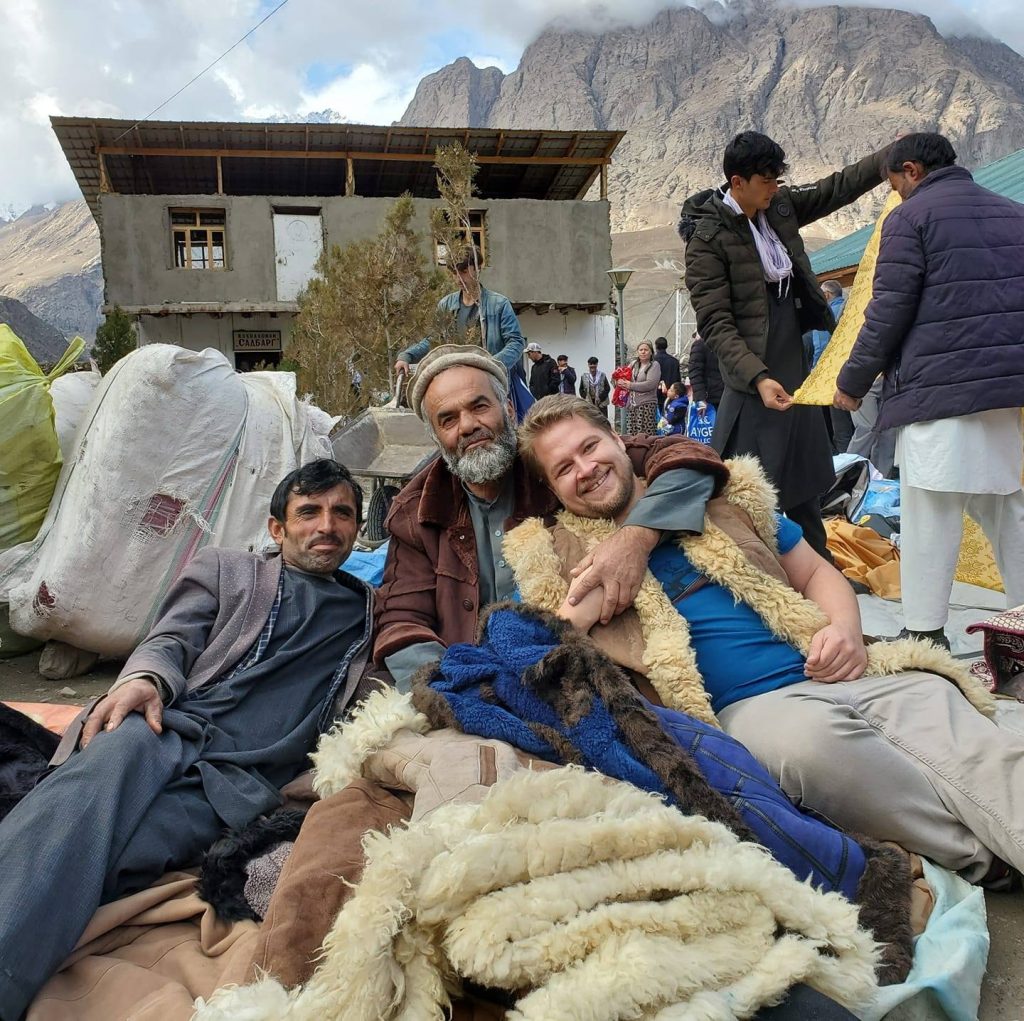Dialogue Across Differences: Communicating with Compassion and Clarity
Pluralism is a process and not a product. It is a mentality, a way of looking at a diverse and changing world. A pluralistic environment is a kaleidoscope that history shakes every day.
Aga Khan lV, Toronto Royal Conservatory Centre for Performance and Learning, Lecture Series, 2010
This next section of this book has introductory activities that explore the art of communication. Building healthy pluralistic societies depends on citizens developing their capacity to engage in respectful dialogues where they are genuinely interested in learning about different perspectives and approaches to life:
Pluralism is not just tolerance, but the active seeking of understanding across lines of difference. . . . It means holding our deepest differences, even our religious differences, not in isolation, but in relationship to one another
The language of pluralism is that of dialogue and encounter, give and take, criticism and self-criticism. Dialogue means both speaking and listening, and that process reveals both common understandings and real differences.
Respectful dialogues are the foundation of pluralism, but our education systems rarely teach people how to listen and interact in ways that build deeper understanding. The activities in this section offer participants opportunities to explore and practice ways to communicate across differences.
Dialogue is a method of communication that involves two-way conversations where people not only speak to each other, but also really listen with the goal of leaving the conversation with a better understanding of the topic and the different perspectives that make up a community. In dialogue, participants must suspend their judgements and assumptions (Yankelovich, 1999) and do not presuppose to know the whole truth but remain open to the possibilities inherent in
others’ views (Gadamer, 1960/2013)

